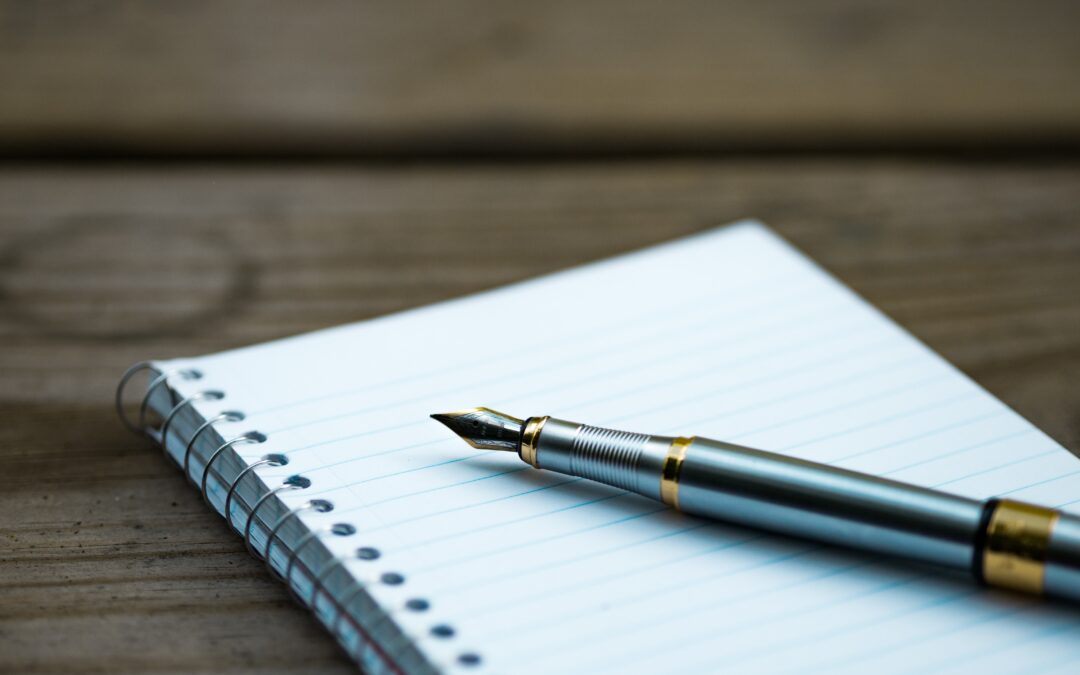When I talk to new clients about writing their book, their initial impression is that they have to sit down with either a pen and paper or a laptop and writing your book.
However, that’s not always the case. The very first book that I published on Amazon started out as blog posts on an old website, whereas another book started out as videos on a course I’d published on Udemy. I had the videos transcribed, copied and pasted them into a Word document and then simply edited it and formated the book.
These days there are so many ways of writing your book, that you can choose the way that suits you.
1. Pen and paper
It may seem old fashioned but there are some people who still use pen and paper. They then get their book typed up and formated ready for publishing. That’s their process and it works for them. Don’t be afraid to use a pen and paper. I find it useful for planning my books and mindmapping them out.
2. Via a computer program.
I’ve always used Microsoft Word for my books, but when it comes to journals and planners, there are some people who do this via PowerPoint, saving the slides as a pdf that can then be uploaded to Amazon.
For authors of fiction books, there are scrivener and velum instead. These tools help you plan out your book, the story, characters and locations.
3. Dictate it
Dame Barbara Cartland was a prolific author who used to dictate her books from her sofa. Her secretary would then type up the book and forward it on. If like my husband you’re dyslexic or the thought of sitting down to a computer and typing fills you with dread, then this is a good alternative.
4. Get a ghostwriter
If you have an idea for a book but don’t have the technical skills to do what you need to do, then hire someone else to do it. I’ve transformed images from a notebook and made them into Word documents. I’m an expert on Word, so I’m comfortable creating tables, setting up different sections and formating images.
5. Use PLR content
PLR stands for Private Label Rights, and there are people who publish white label journals, planners and ebooks that then becomes the template that the purchaser can transform into something special. Because several people might buy the content, you need to personalise it, but it’s a nice shortcut, and can give you ideas that you can take to the next level.
So if you’re thinking of writing a book, don’t worry if you don’t think your techie skills are up to it. There are ways around it.
——————————————————————————————————————————————
If you’d like some help writing and publishing your book, then give me a shout. I’ve been self-publishing for a while now and have published both print and ebooks, so if talking to someone will help, then you can schedule a call with me via bit.ly/coffee-with-Karen, or message me via my Facebook page.
Either way, I’d love to hear from you.

